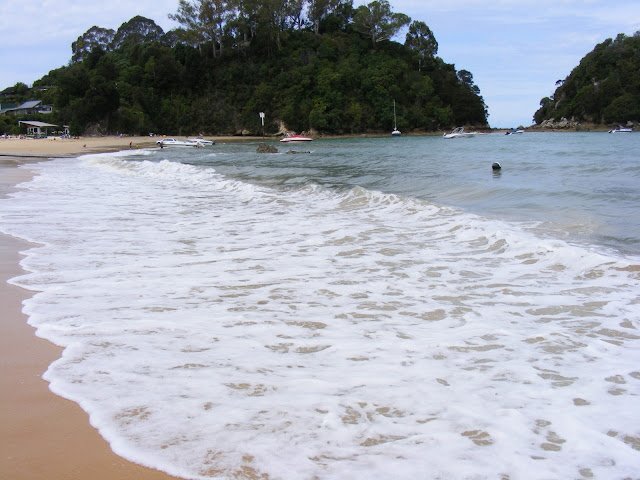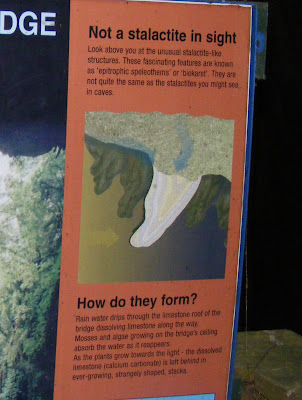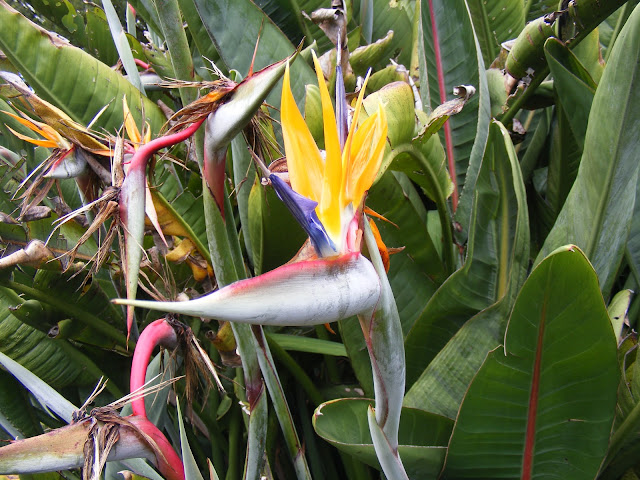1/30/11
1/28/11
New title
It seems time for a little change. Hope you like the new title.
The url for my blog is the same, even though I have changed the title.
The url for my blog is the same, even though I have changed the title.
1/27/11
Farewell Spit
Since Farewell Spit has a lot of land that is restricted to hikers, we took a four-wheeler tour bus to the end.
I will have more photos and information on my other blog in the next few days. Click here.
This is Cape Farewell.
Our tour bus
The lighthouse at the end of the spit.
The constant wind makes these tiny, great formations.
This is a view of thousands of gannets across the sand.
A fur seal scurrying away after the bus disturbed his nap.
1/16/11
What lies beneath
I never thought much about what was below my feet when I lived in Kansas--or any other state, for that matter. Driving past scenery with rocks randomly protruding from the ground is enough to give one pause.
1/14/11
Mangapohue Natural Bridge
Hubby took me on a day-out up around Waitomo and Marokopa. Among the many finds was this Natural Bridge. It's impossible to get all the majestic beauty in one shot (even by others on the internet), but here are some that we took.
This is the view looking up from the highest point. If you look closely at the following photo, you can see what appears to be stalactites, They are apparently called biokarst, although I can't find any specific information on that term.
Hubby finds the coolest places!!
1/9/11
Waitangi shipwreck
The Patea Co-operative Freezing Company's steamer Waitangi, which was used to transport Taranaki meat, ran on to the rocks on the western side of Patea mole on May 5, 1923. Patea resident Jim Baird said that the raw elements exposed the wreck every few years.
The grounding 87 years ago cut significant holes in her hull and the Waitangi was immediately deemed a wreck. There was much debate through the years about whether she should be removed from the beach or left to rust.
Over time the wreck prevented sand being blown over the wall into the Patea River.
She gradually disappeared from sight as the beach rose higher.
A heavy westerly exposed her in July 1937 and again in July 1978 but the sand quickly claimed her. Built in England in 1889, the Waitangi was 120 feet long, 171 tonnes and had a top speed of 12 knots.
She was purchased by the Patea Co-operative Freezing Company in 1919.
1/7/11
Patea in sepia
The remains of the Waitangi that sank in 1923. The tide exposes it every 10 years or so.
Subscribe to:
Posts (Atom)
































